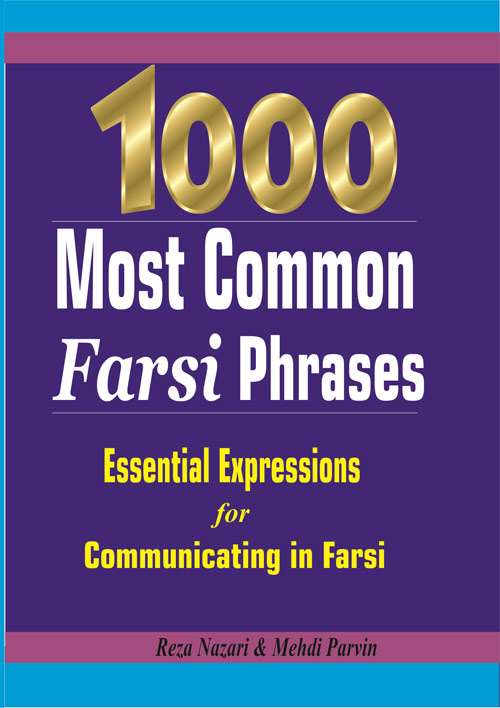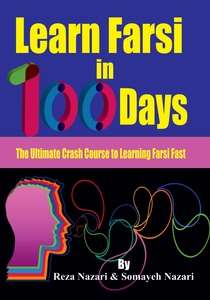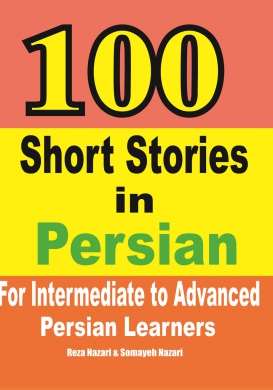
Shahnameh, the book of the Abolghasem Ferdowsi, which contains about sixty thousand verses of poetry, is one of the largest and most prominent epic poets in the world. He was born in the city of Tus. Ferdowsi spent about thirty years writing that. The content of Shahnameh includes myths, legends, and history of Iran from the beginning to the conquest of Iran by the Arabs.
This valuable literary book is divided into three parts: myths (from the reign of Kiomars to the reign of Fereydoun), heroism (from the uprising of Kaveh Ahangar to the death of Rostam), and historical (from the reign of Bahman and the uprising of Alexander to the conquest of Iran by the Arabs). Ferdowsi wrote the Shahnameh when the Persian language was in turmoil. When the Arabs changed the language of science and literature in Iran to Arabic; By composing Shahnameh, Ferdowsi revived the Persian language.
Shahnameh is the largest book in Persian that has been considered all over the world and has been translated into most of the languages of the world, such as English, German, French, Russian, Swedish, Italian, Spanish, and Danish, etc. This book has had a great impact on world literature, and great poets such as Goethe and Victor Hugo have praised it.

Ferdowsi’s Shahnameh, which has nearly fifty thousand verses, is a collection of national stories and the ancient history of the ancient kings of Iran and the great heroes of the land of Iran, which describes their heroic deeds along with victory, masculinity, courage, and religiosity. He who devoted all his time and effort to composing such a precious book for thirty-five years, in the end, gave it to Soltan Mahmud, who had just become king so that he might receive a reward from Soltan Mahmud. Soltan Mahmud first promised to pay 60,000 dinars as a reward to Ferdowsi. But he returned shortly after his agreement and sent him only sixty thousand dirhams, one-tenth of the amount he had promised. Abolghasem Ferdowsi was upset by this breach of the treaty of Soltan Mahmud and left Ghazni, which was the capital of the Ghaznavids, and spent some time traveling and then returned to his hometown. But a little later, Soltan Mahmud regretted what he had done and ordered that the same sixty thousand dinars be taken to Tus and presented to Ferdowsi, but the gift of Sultan Mahmud reached Tus one day when Ferdowsi was dead. And it is interesting that Ferdowsi’s daughter refused to accept the king’s gift and sent it back.

More about the history of Iran:
More about Shahnameh
Shahnameh by Ferdowsi is one of the greatest epic poems in the world, a masterpiece of Persian epic and national epic of Iranians, and also the greatest proof of their identity. Shahnameh is a book that has fifty thousand verses that have been composed for about thirty years. The last editions of Ferdowsi in Shahnameh took place in the years 400 and 401 AH.
The subject of Shahnameh stories
Shahnameh is a description of the circumstances, victories, defeats, and heroism of the Iranians from the most ancient period (Kiomars Shah ) to the overthrow of the Sassanid government by the Arabs (in the 7th century AD). The Iranians’ foreign wars are with the Indians in the east, the Turanians in the east and northeast, the Romans in the west and northwest, and the Arabs in the southwest. There are also independent stories of history in Shahnameh.
Including the story of Zal and Rudabeh, Rostam and Sohrab, Bijan and Manijeh, Bijan and Grazan, Karam Haftavad, and others, some of these stories, especially like Rostam and Sohrab, are considered masterpieces of world literature.

The main parts of Shahnameh
The subject of Shahnameh is the history of ancient Iran from the beginning of Iranian civilization to the destruction of the Sassanid rule by the Arabs and is generally divided into three periods: mythological, heroic, and historical.
Mythological period
This period continues from the reign of Kiomers to the period of Fereydoun. In this period, kings such as Kiomars, Houshang, Tahmourth, and Jamshid are mentioned. Iranian civilization develops at this time. The discovery of fire, the separation of iron from stone, and weaving and farming and the like take place during this period.
In this era, wars were often civil wars. At the end of this era, Zahak, the enemy of purity and a symbol of evil, becomes king and oppresses a lot, but finally, after a thousand years, Fereydoun, with the help of Kaveh Ahangar and the support of the people, defeats him and a new era begins.

Heroic period
The period of heroism or epic begins with the reign of Fereydoun. Iraj, Manouchehr, Nozar, Garshasb become king, respectively. Wars begin between Iran and Turan.
Kiani kingdoms such as Kiqobad, Keykavus, Kikhosrow, and then Lohrast and Goshtasb come to power. this era includes heroes such as Zal, Rostam, Goodarz, Tus, Bijan, Sohrab. Siavash, the son of Kikavous, is killed by Afrasiab and Rostam goes to Turan to take revenge on Afrasiab. During the reign of Goshtasb, Esfandiar is killed by Rostam and Zoroaster, the prophet of the Iranians is in this period.
Sometime after the Death of Esfandiar, Rostam was killed by his brother, Shoghad, and the Sistan region was destroyed by Esfandiar’s son, Bahman, and with Rostam’s death, the heroic period ended.

historical period
This period begins with the reign of Behman and after Behman, Homay, and then Darab and Dara, son of Darab become the king. At this time, Alexander invades Iran and kills Dara, who was Darius III and becomes king in his place.
After Alexander, the Parthian period came and then the Sassanids came to power, and then the Arab invasion took place and Shahnameh ended with the defeat of the Iranians.

Special Offers
by: Reza about (category: Blog)

















What people say about "Shahnameh"?
No one replied yet.